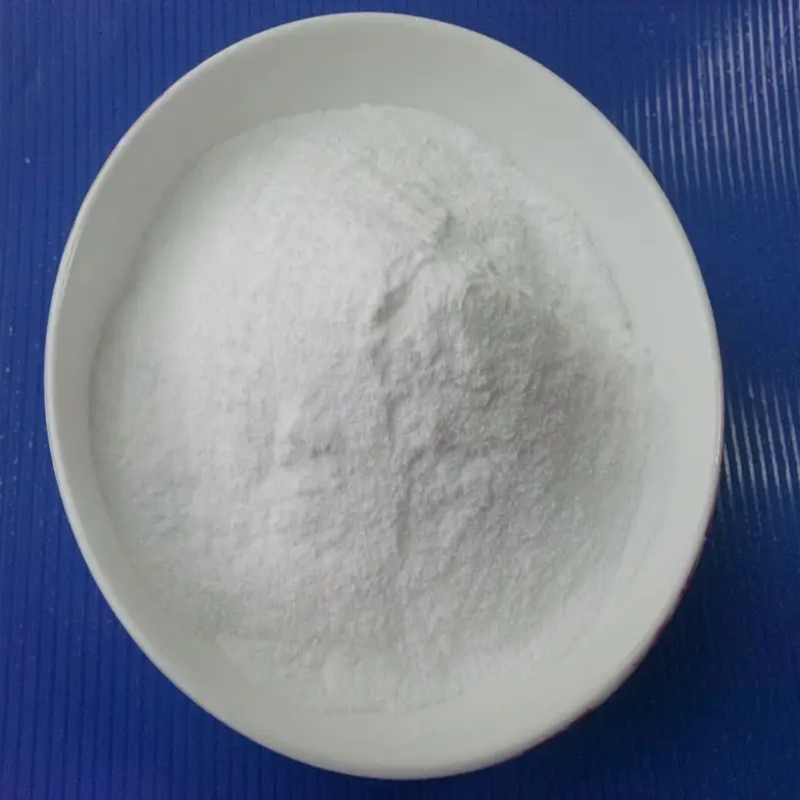-
Categories
-
Pharmaceutical Intermediates
-
Active Pharmaceutical Ingredients
-
Food Additives
- Industrial Coatings
- Agrochemicals
- Dyes and Pigments
- Surfactant
- Flavors and Fragrances
- Chemical Reagents
- Catalyst and Auxiliary
- Natural Products
- Inorganic Chemistry
-
Organic Chemistry
-
Biochemical Engineering
- Analytical Chemistry
- Cosmetic Ingredient
-
Pharmaceutical Intermediates
Promotion
ECHEMI Mall
Wholesale
Weekly Price
Exhibition
News
-
Trade Service
iNature
Oligodendroid precursor cells (OPCs) undergo extensive and coordinated migration in the developing central nervous system, utilizing pre-formed scaffolds of developed blood vessels as the physical matrix
for migration.
While the association of OPCs with the vasculature is critical for diffusion, it is equally important to allow for the differentiation of the axons of interest and proper myelination of their proper and timely separation, but the regulation of this process remains unclear
.
On November 15, 2022, Niu Jianqin of the Army Medical University, Yi Chenju of Sun Yat-sen University, and Stephen P.
J.
Fancy of the University of California, San Francisco, jointly published an online newsletter entitled "" on Neuron (IF=19).
Astrocyte endfoot formation controls the termination of oligodendrocyte precursor cell perivascular migration during development", This study shows that the formation of astrocytes at the end of the foot controls the termination
of perivascular migration of oligodendrocytes precursor cells during development.
The study demonstrated a correlation
between the developmental formation of supravascular astrocytes and the termination of perivascular migration of OPCs.
In vitro and in vivo live imaging showed that astrocytes physically removed OPCs from blood vessels at the terminal foot, while genetic ablation of terminal foot formation hindered the isolation and subsequent differentiation of OPCs from the blood vessels
.
Astrocytes-derived signalins 3a and 6a reject OPCs from blood vessels when they stop perivascular migration, allowing subsequent OPC differentiation by isolating it from the maturation inhibitory endothelial niche
.
between neurons and glial cells.
Oligodendrocytes (OLs), myelinating cells of the central nervous system, play a key role
in maintaining axon integrity and allowing rapid jumping nerve conduction.
Therefore, an even distribution of OLs throughout the adult central nervous system is critical, but their creators, oligodendroid glial precursor cells (OPCs), develop from restricted ventricular regions of the brain and spinal cord
.
In the spinal cord, OPCs develop in the same
way as the motor neuron progenitor domain (pMN) that produces motor neurons.
pMN precursors produce the first wave in motor neuron offspring (approximately at the mouse embryonic stage [E]9-10.
5) and subsequently in the subsequent wave of OPCs (E12.
5
).
Later in development, a second, smaller source of OPCs comes from a discrete location
on the dorsal side of the spinal cord.
In mouse brains, OPCs appear to appear in the form of three waves, first from the medial ganglion bulge (MGE) and anteroparietal region (AEP) ventral side of the forebrain, followed by lateral and/or caudal ganglion bulges (LGE and CGE), and a third wave from the postpartum cortex
.
From these developmental origins, the progenitor cells undergo extensive and coordinated migration, then appropriately stop migrating to tile the central nervous system, or differentiate and myelin their target axons
.
Regulating the developmental migration of OPCs involves a variety of factors, both to provide guidance and regulate their motility, and to regulate the timing
of migration stops.
Diagram of the mechanism pattern (Figure from Neron) However, it is unclear whether a highly defined pre-existing substrate exists to guide OPC migration
.
Recent evidence suggests that extensive OPC diffusion during development is mediated by blood vessels acting as physical substrates for migration
.
OPCs utilize and require vascular distribution in the central nervous system, which involves direct contact with
the endothelial surface of the cavity wall.
While the connection of OPC to the vascular system is critical for its dispersion, and mediators of attraction endothelium have been identified, it is equally important to allow OPC differentiation and proper central nervous system myelination to regulate its proper and timely vascular detachment
.
Little is known about the regulatory mechanisms of perivascular discontinuation of OPCs
.
This study shows that the position of the astrocytes terminal foot and the astrocytes-derived, Sema3a- and 6a-mediated rejection of OPCs during development are key mechanisms to control the termination of perivascular migration of OPCs by displacing
OPCs from inhibitory endothelial niches.
Original link: 00991-6
—END—
The content is [iNature]







